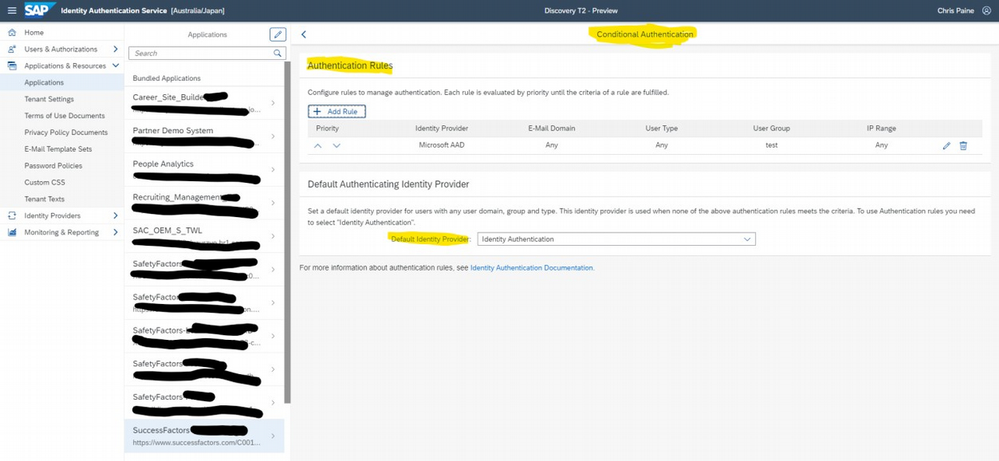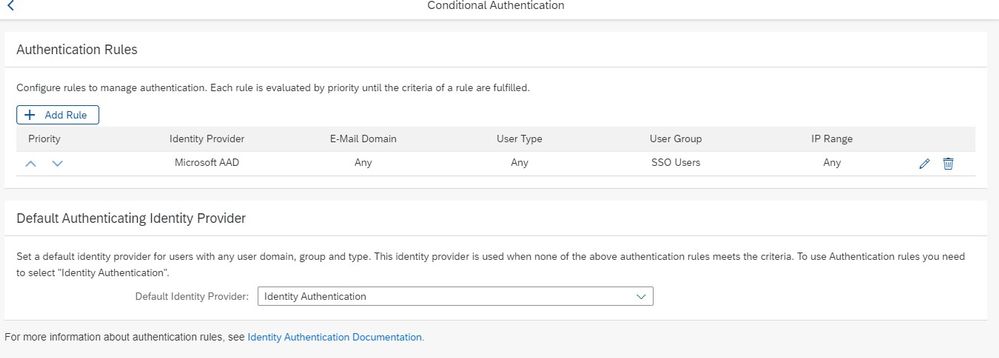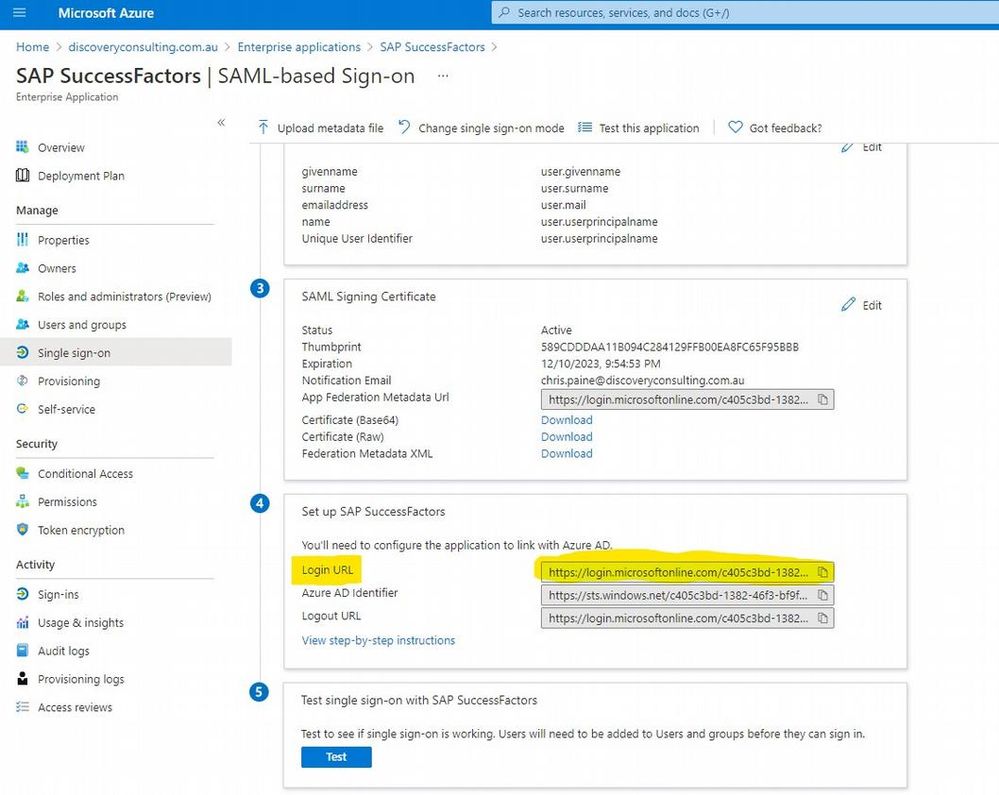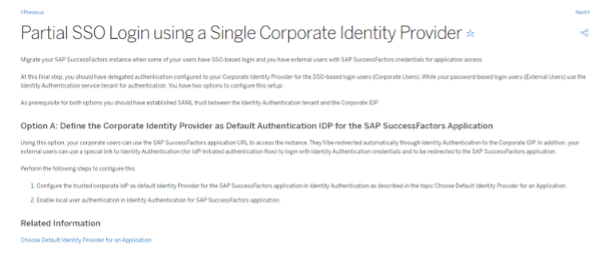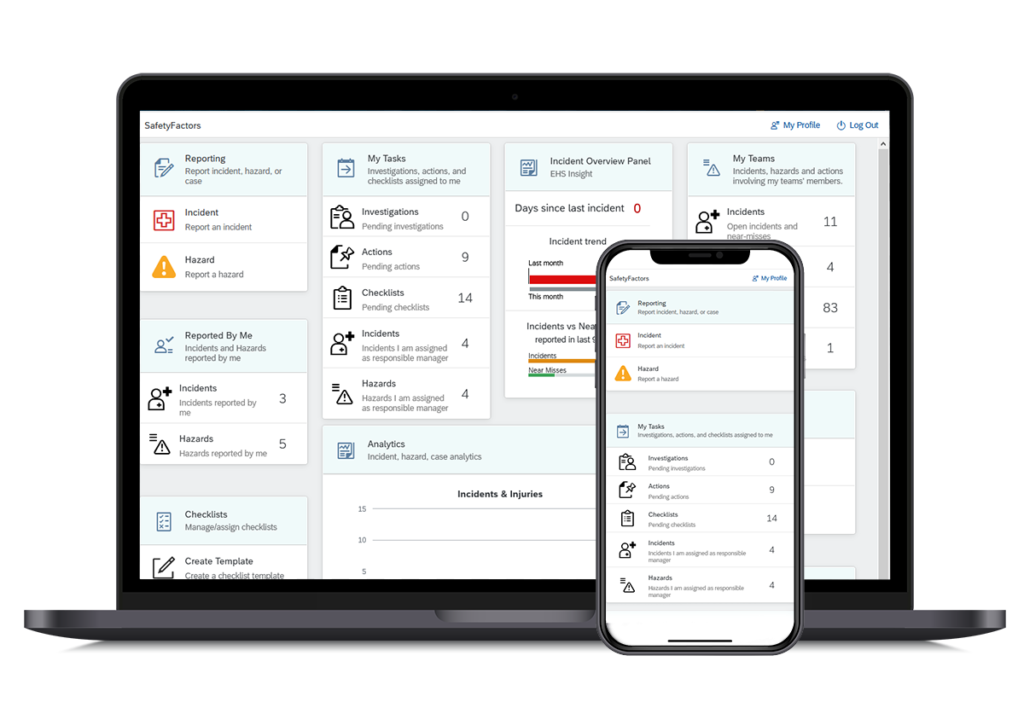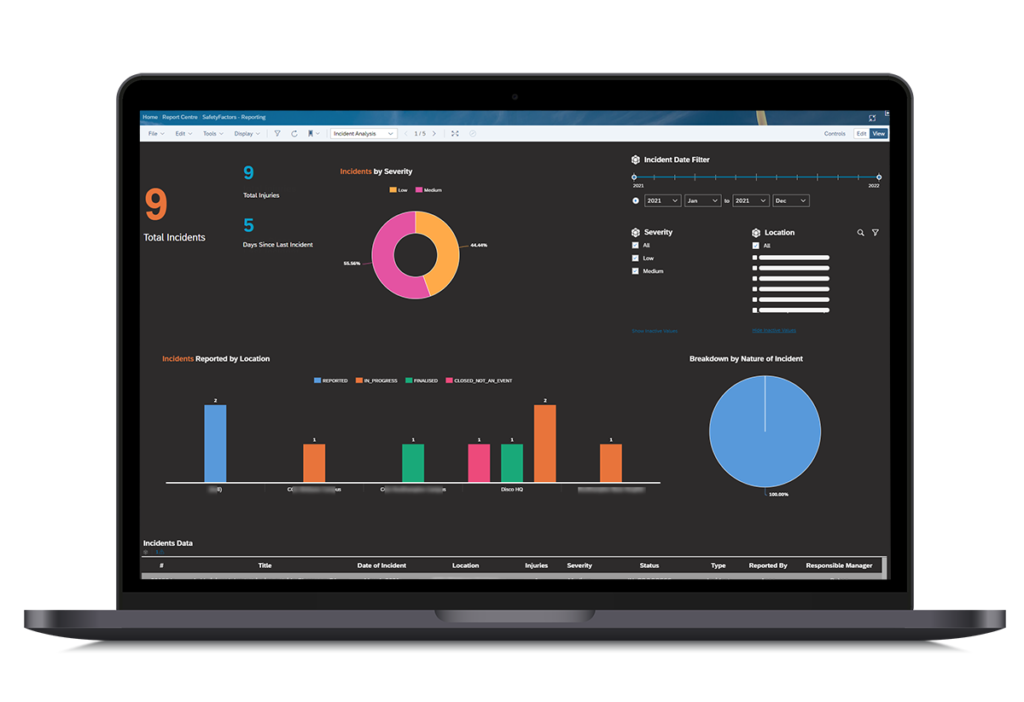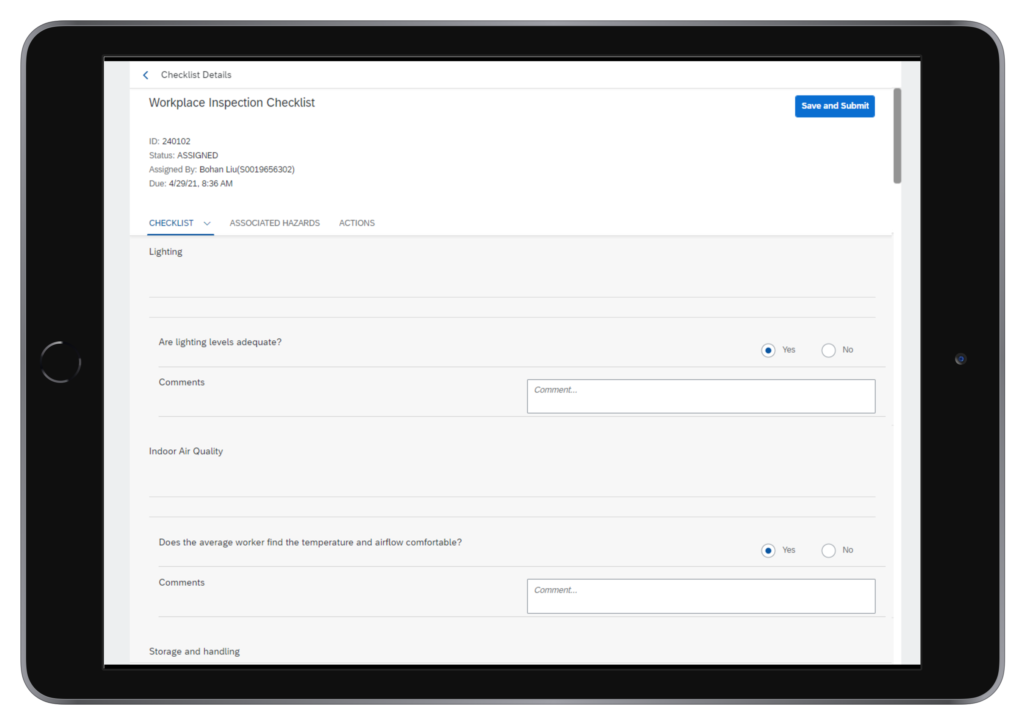Business is changing, becoming increasingly focused on flexibility, agility and mobility. The workforce is changing too, as staff members begin to expect more from their employers and the systems they work with. This means HR and payroll also need to change, keeping pace with this ongoing evolution. With SAP SuccessFactors, traditional HR models are moving to the cloud, unlocking a wealth of benefits in the process.
The Benefits of Cloud-Based HR/Payroll Solutions
You already have on-premise HR and payroll systems in place, so why do you need to migrate this to the cloud? Take a look at some of the key advantages of cloud migration with SAP SuccessFactors.
A Comprehensive Approach to Remote Workforces
Perhaps the primary advantage of cloud-based HR/payroll solutions is the increased agility they provide. The workforce is becoming more dynamic, with remote teams operating across disparate locations and partners collaborating in real-time across national and continental boundaries. The COVID-19 pandemic has also accelerated the pivot towards home-based work, with a large number of employees now spending significant proportions of their working week outside of the traditional office.
All of this puts strain on HR teams. These teams may find that their resources are spread increasingly thinly as they work to support a dispersed working model. With the cloud-based SuccessFactors solution on their side, HR personnel can manage distributed teams wherever they are found, reducing the time, effort and expense associated with this.
Improved Flexibility for On-Premise Teams
While a dynamic, remote workforce is becoming a common fixture in business, traditional on-premise teams still have a role to play. As we shift towards remote agility, we cannot forget about headquarters- or office-based teams, and HR personnel need to support these team members in the right way.
A cloud-based solution improves flexibility and support for these teams. The SAP solution integrates seamlessly with existing on-premise solutions, ensuring that no legacy capability is lost during migration to the cloud. Meanwhile, HR departments leverage advanced time tracking and attendance features that provide more capability for the in-office environment, supporting more flexible working practices while ensuring staff members are equipped and remunerated according to their contract requirements.
Centralised HR Data Source
The cloud-based HR/Payroll solution represents a central pillar of truth for human resource data. This is crucial as businesses grow and evolve over time, ensuring that all departments and teams are working from a unified dataset that is updated in real-time.
Via the staff member portal and mobile app, teams can ensure that all their information is correct, relevant and up-to-date. From the HR end, human resource teams manage and verify this information, achieving a growing data source that scales alongside the business. The centralised solution can be configured and localised to meet the specific needs of the business.

Effective C-Suite HR Reports
HR data needs to be more than just data — it needs to be a leverageable source of information with actionable insight at all levels. This means providing the applications and portals that staff members and HR managers can use to access the resource and backing this up with higher-level operations such as C-suite reporting.
This is one area in which SAP’s cloud-based HR solution can make a great deal of difference. At the C-suite level, executives can commission reports that draw upon up-to-the-minute data, gaining a supreme vantage point from which to view and analyse operations. In this light, the SuccessFactors platform is inherently useful for businesses from the top-down, enabling all stakeholders to get more from human resource procedures and data stores.
Cloud HR/Payroll in Action: SAP SuccessFactors Use Cases
How does the solution work in practice? What will migration from on-premise HR solutions to the SAP SuccessFactors cloud platform look like for your business? Let’s examine some use cases to learn more.
Providing and Managing Timesheets for Remote Teams
Employees need to be remunerated for their time. Businesses need to ensure that remuneration is delivered fairly and efficiently, streamlining the operational procedure. This is where mobile timesheets from the SAP SuccessFactors platform come in. Timesheets can be configured, customised and delivered without delay. From the employee side of things, staff members can complete and submit their timesheet via a mobile device, attaching any supporting documentation or resources.
Timesheets can then be approved, managed and audited by HR teams and by managers at other levels. The result is a far more efficient and transparent process for all stakeholders.

Employee Mobile Access
Employees need to be able to do more than simply complete and submit timesheets. They will also need to manage and edit their existing HR data and complete other actions such as requesting leave. Traditional on-premise models have made this difficult and inefficient, but secure cloud platforms have revolutionised employee-HR interaction.
SAP SuccessFactors goes further, providing a dedicated employee app that integrates with the platform via a secure connection. Employees can use this to manage data and complete other business-critical actions without compromising data security.
C-Suite Report on the Move with Enhanced Mobility
We’ve already touched upon the benefit of a cloud-based solution for C-suite level reporting. However, executives and upper management teams also need to leverage the flexibility and agility of modern solutions. Reporting has always been possible with on-premise HR solutions — albeit slowly — but a forward-thinking solution needs to do more.
With SuccessFactors, C-suite level reporting is achievable on demand and on the move. Secure integrations with tablet and mobile apps mean that reports can be configured and commissioned with just a few taps of the touchscreen, putting insight at executives’ fingertips.
Modernise HR with SAP SuccessFactors
Moving your HR solutions from an on-premise model to the cloud becomes a seamless process with SAP SuccessFactors. Integrations with legacy solutions make sure of this, while innovative features unlock a wealth of potential for businesses.
Reach out to our team today to get started with this solution. We are the SuccessFactors experts, supporting you as you implement a more efficient, more effective, future-focused HR model for your business.


